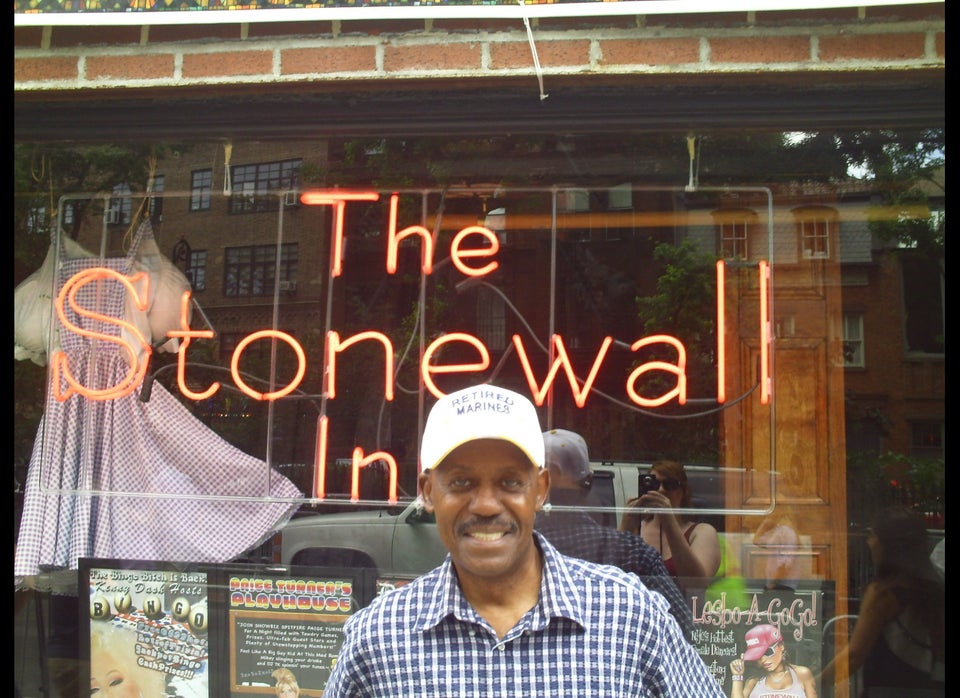
Academic studies can be fascinating... and totally confusing. So we decided to strip away all of the scientific jargon and break them down for you.
The Background
The rainbow-filled celebrations across the country following the Supreme Court decision to legalize gay marriage last month were a long time coming. Americans have have been slowly but surely shifting their attitudes about gays and lesbians, moving in the direction of tolerance. To boot, the media has been shining a light on the struggles of the gay community, from bullying to violence to suicide, while the entertainment industry has been (again slowly) veering away from strictly heteronormative characters and storylines. But what spurred all of this positive change? And can it be harnessed as we continue to fight for gay rights?
The Setup
In a recent study, researchers from the University of Virginia and Guilford College surveyed 683,976 people between 2006 and 2013 to see how both explicit and implicit attitudes about gays and lesbians have changed over time. To measure explicit bias, participants rated opinions on a 5- or 7-point scale, with the lowest number meaning "I strongly prefer straight people to gay people" and the highest number meaning "I strongly prefer gay people to straight people." Choosing the middle number meant the participant liked both gay and straight people equally.
To measure implicit bias -- attitudes or beliefs that someone endorses on an unconscious level -- the researchers had the same people take a computer test to measure the strength of associations between two pairs of concepts: "gay people" or "straight people," as well as "good" or "bad." An object would flash on the computer screen, and participants would deem them for "gay people" or "straight people" and then "good" or "bad." (If someone paired "gay people" and "bad" a lot, for example, that would reflect an unconscious bias against gays.)
The Findings
The bad news? People in the study implicitly and explicitly preferred straight people to gay people. But there was also good news: The sample seemed to be becoming more tolerant as time went on, with implicit preferences for straight people declining by about 13 percent and explicit preferences declining by 26 percent over that 7-year period.
The greatest changes in implicit preferences were seen among Hispanic, white, female, liberal and young adults, while the smallest change was seen among black, Asian, male, conservative and older adult participants. But when it came to explicit preferences, (aka the ones we're aware of and talk about) the greatest shift toward tolerance was seen in straight, male, conservative, black and less-educated participants.
The Takeaway
As for why explicit preferences shifted twice as much as implicit preferences, the researchers hypothesized that "change is more rapid in evaluations that people report willingly than those that may operate outside of conscious awareness or conscious control." Simply put: People's actual feelings about gays and lesbians may be slower to catch up to the supportive sentiments they're able to express.
This pattern could help explain the increasing political and cultural acceptance of gays and lesbians. As each individual chips away at his or her own internal biases, progress can slowly be made at the societal level. And despite last month's major victory for marriage equality, there's still plenty of need for progress -- not to mention, more allies.

